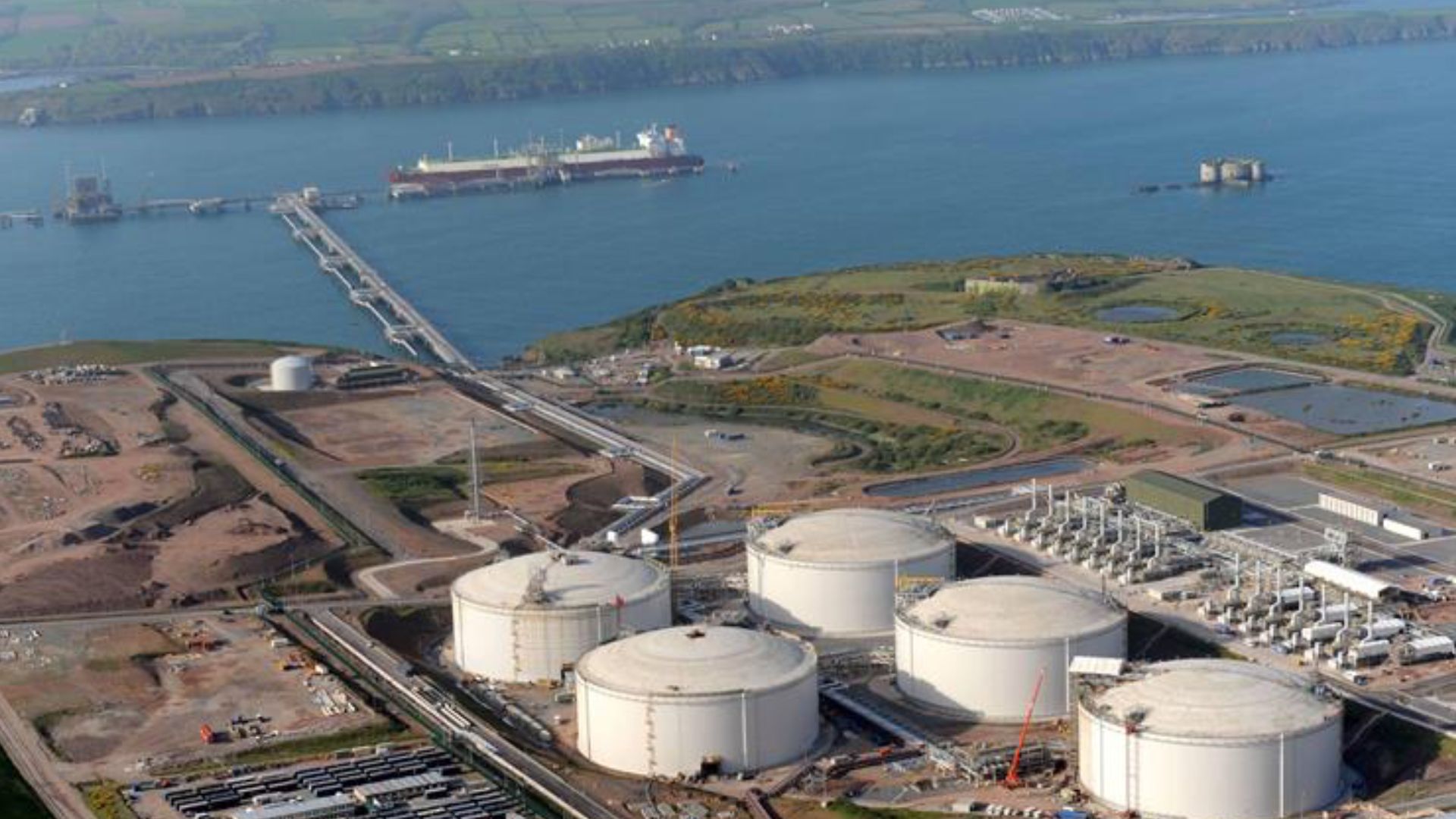Qatar's Natural Gas Industry: Overcoming Challenges and Pursuing Diversification
- Qatar | 17 December 2017

In 2017, Qatar made a significant announcement regarding the development of its massive natural gas field, signaling a major milestone for the country’s natural gas industry. After a 12-year moratorium on further field development, Qatar Petroleum (QP) announced its decision to lift the ban and move forward with new developments in the North Field. This decision was driven by the need to evaluate the impact of rapid field development on reservoir structure and reserve depletion.
The new developments in the North Field are expected to increase Qatar’s natural gas production by adding up to 2 billion cubic feet per day, resulting in a 10% increase in output. The existing infrastructure will facilitate this expansion, with substantial processing capacity for liquefied natural gas (LNG) exports already in place. However, QP is also considering capacity expansion at its LNG plants and has partnered with Japan’s Chiyoda Corporation to evaluate current infrastructure and propose solutions for existing bottlenecks.
It is worth noting that the North Field is shared with Iran, where it is known as the South Pars field. Following the lifting of international economic sanctions on Iran, the country has also focused on developing its natural gas resources. Iran signed an agreement with French Major Total in late 2016 to develop the South Pars II project, which is expected to significantly increase its production volumes. Despite Iran’s efforts, Qatari leaders have clarified that their decision to move forward with North Field development is unrelated to Iran’s actions.
The announcement comes at a time when Qatar’s economy has been affected by the ongoing crisis in crude oil prices and the depressed prices of natural gas. As a member of OPEC, Qatar agreed to reduce its oil production in collaboration with other member states to boost prices, but the impact on pricing has been limited. Furthermore, the Middle East lost its lead in LNG exports to the Asia Pacific region, primarily due to Australia’s increased LNG production capacity. While Qatar remains the world’s largest LNG exporter, other major producers like Australia pose a challenge by reducing Qatar’s capacity to negotiate prices and secure long-term agreements.
The emergence of the United States as a major LNG exporter also adds to the competitive landscape. The US has started exporting LNG from its shale gas fields, and an agreement between the US Commerce Department and Chinese officials has opened the door for Chinese companies to import LNG from the US. This development was seen by some as a potential counterweight to Qatar’s dominance in the market. However, Qatar’s first LNG export to China coincided with the announcement of the US-China agreement, indicating that Qatar remains a strong player in the market.
In addition to competition from Australia, Iran, and the US, Qatar faces potential competition from Mozambique and Tanzania, which possess significant natural gas reserves. The oversupply in the LNG market is expected to persist until 2020, as global production increases while consumption growth remains moderate. However, beyond 2020, the market is expected to become undersupplied as few new natural gas projects have received the green light since the oil price collapse in 2014.
While Qatar will retain its position as the world’s largest LNG exporter in the near future, it anticipates a more competitive market in the coming decades. Recognizing the finite nature of oil and gas resources, Qatari leaders have emphasized the importance of economic diversification and the expansion of non-oil and gas sectors. However, natural gas will continue to be a vital energy source, even as countries in the region diversify their energy mix.
To address the growing demand for power in Qatar, the Qatar Electricity and Water Company (QEWC) commissioned the Ras Qartas Energy Plant, the country’s largest power generation plant, in May 2017. This gas-fired power plant, located at the Ras Laffan Industrial City, has a production capacity of 2,730MW and also serves as a water desalination plant. The plant significantly contributes to the expected 50% increase in power generation capacity over the next two years.
Despite the dominant role of natural gas in Qatar’s power sector, the country aims to reduce its reliance on the commodity by incorporating renewable energy sources. The government has set a target of 2% contribution from renewable energy in the power generation mix by 2022, ahead of the FIFA World Cup in 2022. Solar power parks and wind power farms are being considered for future development. In the long term, the government envisions producing 20% of the country’s energy from solar power by 2030. Significant investments, totaling USD22 billion, are expected in the power and water infrastructure until 2020.
As part of this renewable energy push, QEWC and QP have formed a consortium called Siraj Power to construct a USD500 million, 200MW solar power project. Construction is set to begin in June 2017, with plans to contribute to the national grid by 2020. The project has the potential for future capacity expansion to 500MW.
In conclusion, Qatar’s natural gas industry is poised for further growth and faces both opportunities and challenges. While the lifting of the ban on North Field development will increase production, the market is becoming more competitive with the emergence of major LNG producers and potential new entrants. Qatar is also proactively diversifying its economy and exploring renewable energy sources to ensure a reliable power supply for its growing population and industries.








